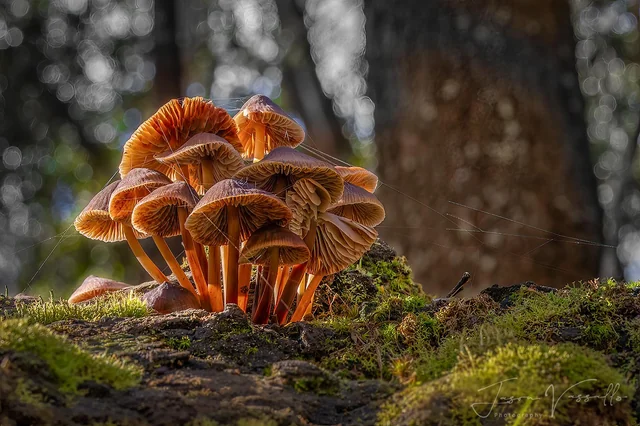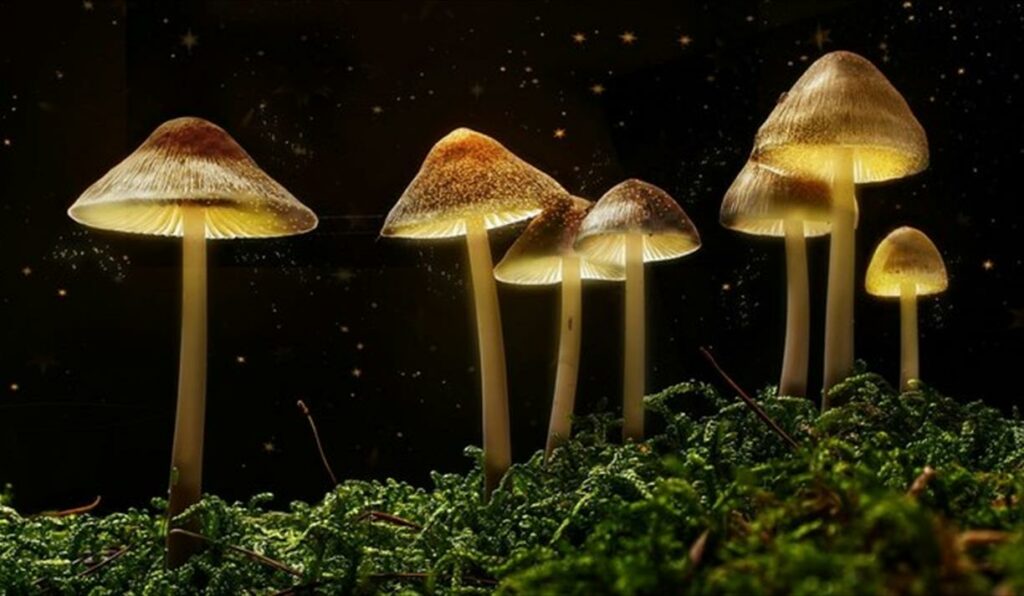Introduction
In recent years, there has been a resurgence of interest in the therapeutic potential of psychedelics, particularly psilocybin—the active compound in magic mushrooms. Long relegated to the fringes of both science and legality, magic mushrooms are now being reevaluated by researchers, clinicians, and mental health advocates as a promising alternative or complementary therapy for conditions like depression and anxiety. But what does the science actually say? Can psilocybin really help where traditional treatments fall short?
What Are Magic Mushrooms?
Magic mushrooms are fungi that contain psilocybin, a naturally occurring psychedelic compound. When ingested, psilocybin is converted in the body into psilocin, which interacts with serotonin receptors in the brain—especially the 5-HT2A receptor. This interaction produces altered states of consciousness, changes in perception, and, often, profound emotional or spiritual experiences.
These psychedelic effects have intrigued researchers for decades, but it’s only in the past few years that modern science has begun to catch up with ancient traditions that have long used mushrooms for healing and insight.
A New Chapter in Mental Health Treatment

Conventional treatments for depression and anxiety, such as SSRIs (selective serotonin reuptake inhibitors), therapy, and lifestyle changes, don’t work for everyone. Millions of people suffer from treatment-resistant depression or chronic anxiety that doesn’t respond well to medication or counseling alone.
This is where psilocybin steps in as a potential game-changer. Clinical trials and studies at institutions like Johns Hopkins University and Imperial College London have shown that even a single guided dose of psilocybin can lead to lasting improvements in mood and emotional well-being.
How Does Psilocybin Work?
The exact mechanisms of psilocybin’s effects are still being explored, but several key processes are thought to play a role:
- Increased brain connectivity: Psilocybin temporarily “resets” the brain, breaking old patterns of thought and behavior. Brain scans show increased communication between regions that don’t normally interact.
- Reduced activity in the Default Mode Network (DMN): The DMN is associated with self-referential thinking, rumination, and ego. Overactivity in this region is linked to depression. Psilocybin dampens this activity, helping users feel less stuck in negative thought loops.
- Heightened emotional processing: Unlike conventional antidepressants that may numb emotions, psilocybin seems to enhance emotional insight, allowing users to confront painful memories or feelings in a new light.
Evidence from Clinical Trials
Numerous clinical trials have delivered compelling results:
- A 2021 study published in Nature Medicine found that psilocybin-assisted therapy was as effective—and sometimes more effective—than a leading SSRI in treating depression over a six-week period.
- Johns Hopkins researchers found that 71% of participants in their study reported their psilocybin experience as one of the most meaningful events in their lives, with sustained improvements in mood and life satisfaction.
- Patients with end-of-life anxiety due to terminal illness have also shown profound reductions in fear, despair, and depression after psilocybin therapy, often finding new meaning and acceptance.
The Importance of Set and Setting
While the potential is promising, psilocybin isn’t a magic cure. One key lesson from both traditional use and clinical research is the importance of “set and setting”—that is, the mental state of the user and the physical and social environment in which the experience takes place.
Psychedelic sessions should ideally be conducted in a controlled, supportive environment under the guidance of trained facilitators or therapists. Without proper support, individuals may have distressing or overwhelming experiences.
Is It Safe?
When used responsibly and in the right context, psilocybin appears to be physiologically safe and non-addictive. However, it may not be suitable for everyone, particularly those with a personal or family history of psychosis, bipolar disorder, or severe trauma.
Common short-term side effects include:
- Nausea or digestive discomfort
- Temporary confusion or anxiety during the trip
- Fatigue or emotional sensitivity in the aftermath
That’s why proper screening and preparation are essential for therapeutic use.
Legal and Regulatory Hurdles
Psilocybin remains illegal in many countries, including being classified as a Schedule I substance in the U.S., which indicates “no currently accepted medical use and a high potential for abuse.” However, this classification is increasingly being challenged.
Some jurisdictions have taken progressive steps:
- Oregon legalized psilocybin therapy in 2020.
- Cities like Denver, Oakland, and Santa Cruz have decriminalized it.
- Australia recently approved psilocybin for use in mental health treatment under strict medical supervision.
Regulatory change is slow, but growing scientific support is shifting public and legal attitudes toward greater acceptance.
The Role of Integration
While the psychedelic experience itself can be intense, emotional, and enlightening, its true value often lies in what comes afterward—the integration phase. Integration is the process of making sense of the experience, weaving the insights gained into your everyday life in a meaningful, lasting way.
During a psilocybin journey, individuals may confront deep-seated emotions, revisit past traumas, or experience powerful realizations about their behavior, relationships, or purpose. These revelations can be life-altering, but they also require careful reflection and intentional action to create positive change. Without structured integration, even the most profound psychedelic experience may dissolve into a distant memory, offering little in the way of tangible or sustainable benefit.
Integration can take many forms, including:
- Therapeutic support: Speaking with a trained therapist, especially one experienced in psychedelic-assisted therapy, can help you process and understand complex emotional content.
- Journaling: Writing about the experience—your thoughts, feelings, and insights—helps clarify meaning and track progress over time.
- Support groups: Joining an integration circle or peer support group offers a safe space to share your experience and hear from others on similar paths.
- Mindfulness practices: Meditation, yoga, or breathwork can help maintain a sense of inner balance and presence as you assimilate new perspectives.
Ultimately, integration bridges the gap between the temporary altered state of consciousness and the long-term pursuit of personal growth and healing. It turns insight into action—and action into transformation.
Also Read: Are Magic Mushrooms the Future of Psychiatry?
Final Thoughts
Psilocybin-assisted therapy is not a cure-all—but for many suffering from persistent mental health issues, it represents a beacon of hope. Backed by promising research, ancient wisdom, and a wave of renewed interest, magic mushrooms may one day become a standard option in the mental health toolkit.
As science continues to catch up, the conversation around psychedelics is rapidly evolving—from taboo to therapeutic, from underground to evidence-based care. For those open to the possibility and in the right context, psilocybin could offer a new path toward healing, understanding, and peace.

